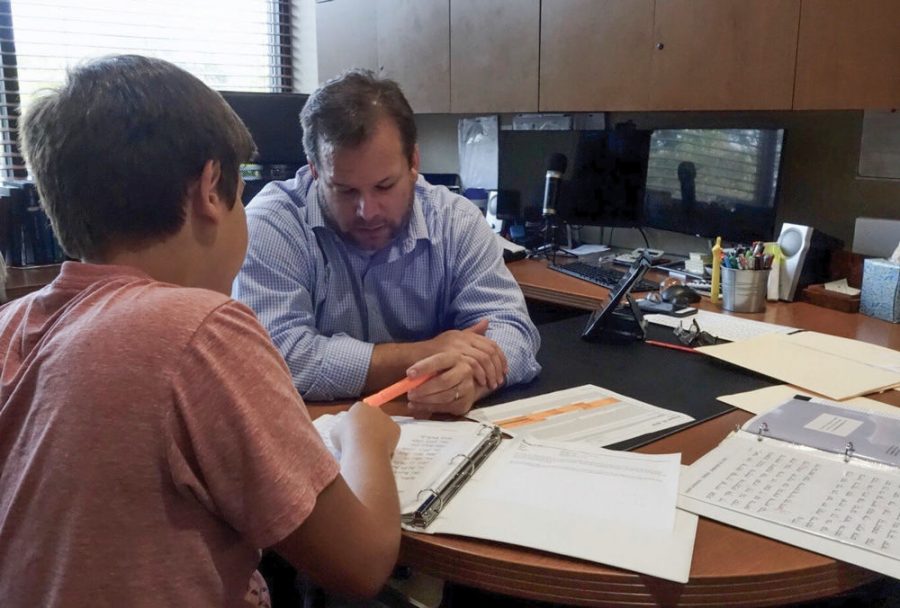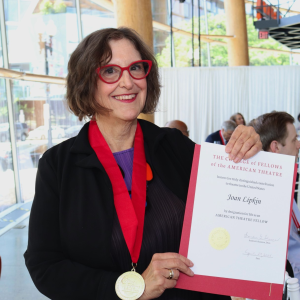Peer studying pays off for b’nai mitzvah students
Published September 14, 2018
Twice each week, middle school students make their way to Shaare Emeth Congregation to prepare for their b’nai mitzvahs – not an unusual sight by any means. But at this synagogue, there is a key difference in how students learn prayers; they practice their parts among peers.
Cantor Seth Warner of Shaare Emeth introduced this concept to the congregation when he began working there, over 11 years ago. Before his arrival, sizable groups of to-be b’nai mitzvot prepared for their services by being tutored privately (tutors were paid by the congregation), and then met with the former cantor every third week.
“There was this lack of cohesiveness and lack of community in the bar and bat mitzvah culture,” Warner said. “These are pretty big classes [of] 40, 50, 60 kids who – if they didn’t go to school together and if they didn’t have a reason to know each other – could have the same Torah portion and have no idea that somebody else is working on the exact same thing as them.”
Now, Warner has the opportunity to work with each student once per week, and the students get to work with one another. Though the cantor’s teaching style is fairly unique, it does not go unappreciated among others in the rabbinic community. Cantor Sharon Nathanson of Congregation B’nai Amoona has discussed teaching styles with Warner.
“There are as many ways of teaching b’nai mitzvah students as there are cantors and shuls – probably more,” Nathanson said. “Every community has to find what works for them. And sometimes what works changes over time. It seems [Warner] has devised a wonderful system for the Shaare Emeth community.”
Warner emphasized that a strengthened sense of community, not improved performance, is the greatest benefit of the group learning style. He feels a sense of delight when he sees students interact with and learn from one another.
“Several students who go to different schools are now great friends because of this process,” Warner said. “I’m grateful to be able to say that a lot of the students that we work with here consider this place a second home.”
In addition to forming friendships, Warner’s students can see that nearly everyone struggles to learn a largely unknown language, let alone chant memorized tunes in that language. Eli Goldstein, a junior at Ladue Horton Watkins High School and former student of Warner, noticed this while struggling to learn his haftorah portion.
“To see my fellow peers struggle with that gave me the confidence to try really hard and ultimately helped me,” Goldstein said. “I [was] not doing as bad as I thought I was.”
Warner hopes that the group learning style helps middle schoolers develop critical communication and collaboration skills for adulthood. Students who are further along in the preparation process help their peers who are not.
“I may ask a student who is particularly good at a certain prayer, for example, to chant only if the student who is still learning that prayer needs the help,” Warner said. “That student [becomes] the teacher.”
If the teen “teacher” needed some guidance, only then would Warner re-enter the interaction. If not, he sits back and teaches his students without saying a word; he teaches them listening skills.
“The students that I work with bring a great deal of joy — not just to me — but to our congregation,” Warner said. “Their laughing, beautiful voices in the hallway, their families anxiety on the morning of the bar mitzvah. The beautiful coming together of family and friends is something that brings a lot of joy to me and to our temple; I’m grateful to be able to do it every week.”`















